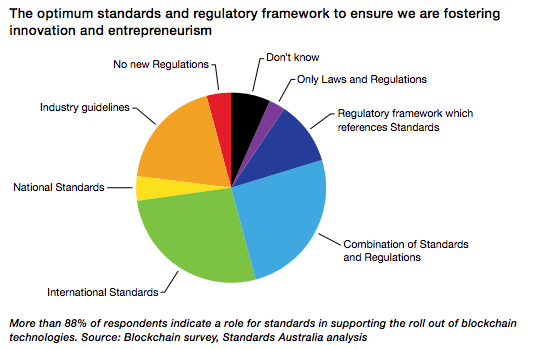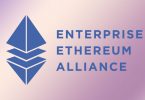This week the China Electronics Standardization Institute joined the slew of Standard setting bodies working on providing blockchain standards.
W3C
One of the first bodies to focus on blockchain was the World Wide Web Consortium (W3C). In the early days of the internet W3C played a crucial role in standardizing the functionality of web browsers. Anyone who’s ever got their hands dirty on a website will understand the issues of getting a website to be cross-browser compatible.
During the first dotcom boom, with the rapid innovation taking place, it was hard work to get websites to look acceptable in multiple browsers. It gradually became easier, but during the peak innovation period, browser developers including Microsoft and Netscape drove the direction and often deviated from the standard. Sometimes W3C followed, sometimes not.
The point is that standards are tricky during a period of rapid innovation, but useful and make it easier for the early adopters of the technology. A similar pattern is likely for blockchain and DLT.
W3C has a Blockchain Community Group which is working on a ‘Web Ledger Protocol’ and have published a draft which covers “an extensible data model and syntax for expressing cryptographic ledgers and a protocol for reading and writing to ledgers”.
More recently W3C has been criticised for getting involved in Digital Rights Management specifications resulting in the resignation of the Electronic Frontier Foundation from W3C. It remains to be seen whether W3C will be the lead standard setter for blockchain.
ISO
Driven by the Australian Standards body, The International Organization for Standardization (ISO) is in the early stages of working on a standard ISO307.
There are several focus areas: Architecture & taxonomy, use cases, security and privacy, identity, smart contracts, governance, and interoperability between blockchains.
A year ago the Australian body published a report, The Roadmap of Blockchain Standards, which also showed the results of a survey with more than a 100 respondents across Australian government, industry, academia and consumer organizations. 55% of the responses were from companies.

Other initiatives
- Similar to China, in August last year, Russia announced the development of their blockchain standards.
- The Rand Corporation created a report for the UK standards body BSI to explore the potential for standards.
- Technical professional group IEEE is working on a standard for IoT and blockchain
- International Telecommunication Union (ITU) has a focus group called FG DLT
- The Blockchain in Transport Alliance (BITA) is working on a set of standards
And outside of blockchain there are existing data standards such as ACORD for insurance and essDOCS for cargo.
Conclusion
Standards can be useful for wider technology adoption, but at the same time, there needs to be a recognition that there’s a moving target, and rigid compliance at this stage would stifle innovation.
The other aspect that stands out from this review is some of the less technical issues that need exploring beyond standards. These include performance, transparency and especially the legal gray areas (outside of ICOs) which always catch new technologies that don’t fit into old regulatory categories.






